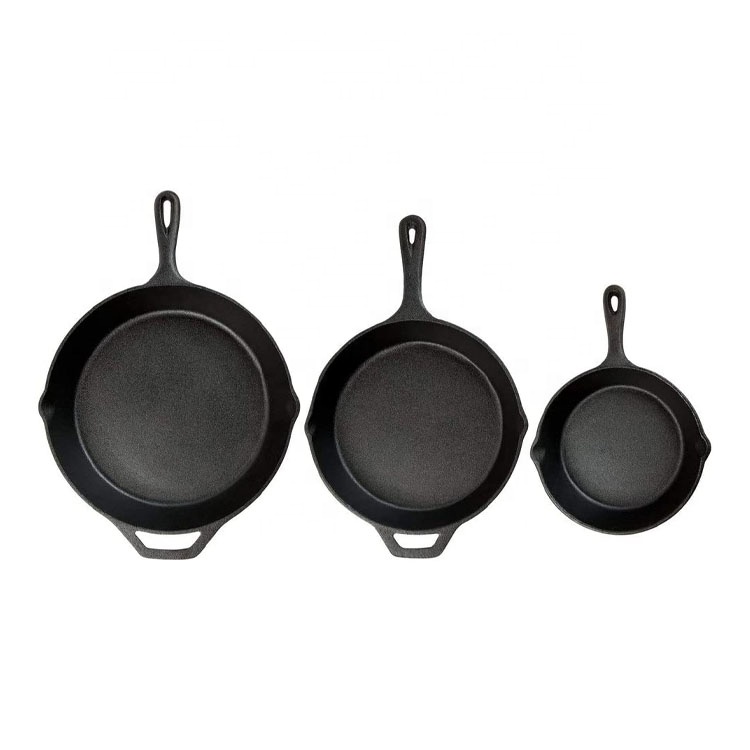
dutch oven material
Understanding Dutch Oven Materials A Comprehensive Guide
Dutch ovens have long been a staple in kitchens around the world, cherished for their versatility and durability. These cooking vessels, traditionally made of cast iron, are now available in a variety of materials, each offering unique benefits and characteristics. In this article, we will explore the different materials used in Dutch ovens, helping you understand which one might be right for your cooking needs.
Cast Iron
The most common material for Dutch ovens is cast iron. Known for its excellent heat retention and even heat distribution, cast iron is perfect for slow cooking, braising, and baking. Seasoned cast iron, which has a natural non-stick surface, allows for cooking without much oil, making it a healthier option. However, cast iron requires some maintenance; it should be hand-washed and dried immediately to prevent rusting. Furthermore, it can be quite heavy, which may be a consideration for some cooks.
Enameled Cast Iron
Enameled cast iron is a variation of traditional cast iron, coated with a layer of enamel to prevent rust and make it easier to clean. This coating comes in various colors, adding a stylish element to your kitchen. Enameled Dutch ovens don’t require seasoning and can be soaked in water for cleaning; however, they are not as resistant to chipping compared to their bare cast iron counterparts. Additionally, while enameled versions can handle high temperatures, they are often not recommended for use over an open flame.
dutch oven material

Stainless Steel
Stainless steel Dutch ovens have become increasingly popular due to their durability and resistance to scratching and rusting. They heat up quickly, making them great for browning meat or sautéing vegetables. However, they don’t retain heat as well as cast iron, so they may not be the best choice for slow-cooked dishes. Stainless steel is also dishwasher safe, making cleanup a breeze. If you’re looking for a lightweight, easy-to-maintain option, stainless steel could be the right choice.
Aluminum
Some Dutch ovens are made from aluminum, either cast or forged. Aluminum is lightweight and heats up quickly, but it can have uneven heat distribution. Many manufacturers use anodized aluminum for added durability, which makes the surface non-stick and easier to clean. Like stainless steel, aluminum is generally less suitable for recipes that require slow cooking, as it can react with acidic ingredients, potentially altering the flavor of your dish.
Conclusion
When it comes to choosing the right Dutch oven material, it ultimately depends on your cooking style and preferences. Cast iron, with its superior heat retention, is ideal for slow cooking and baking, while enameled cast iron offers aesthetics and ease of cleaning. Stainless steel and aluminum provide lightweight options for quick cooking but may not perform as well for slow-simmered dishes. By understanding the characteristics of each material, you can select the perfect Dutch oven for your culinary adventures. Whether you're a novice home cook or a seasoned chef, having the right tools can make a significant difference in your cooking experience.
-
Premium Cast Iron Square Frying Pan – Durable Nonstick Griddle for Even CookingNewsJul.08,2025
-
Non Stick Cast Iron Pots and Pans – Ultimate Non Stick Cooking ExperienceNewsJul.08,2025
-
Cast Iron Grill Pan in Oven - Versatile Cooking for Kitchen & Outdoor GrillsNewsJul.08,2025
-
Pumpkin Dutch Oven White – Elegant 5 Qt White Dutch Oven for Versatile CookingNewsJul.07,2025
-
Best Covered Dutch Oven - Durable Enameled Cast Iron, Versatile Cooking PotNewsJul.07,2025
-
Premium Iron Chef Pots and Pans - Durable Ceramic Coated Cast Iron Cookware for Every KitchenNewsJul.07,2025


